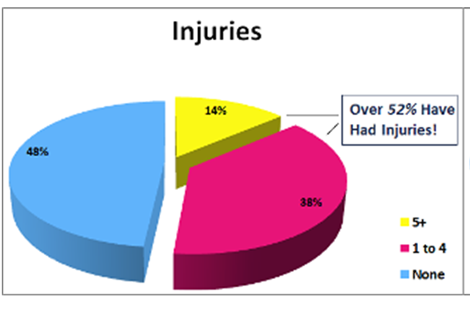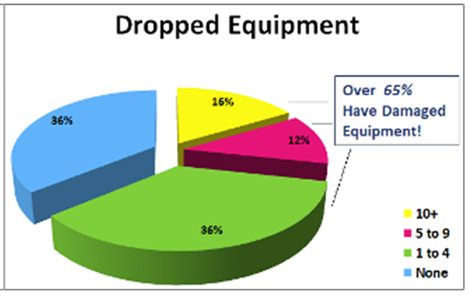
Insight and analysis on the data center space from industry thought leaders.
Best Practices for Lifting and Handling Data Center Equipment
Handling data center equipment is incredibly important to the enterprise, as proper handling will ensure that a data center is run optimally. Should anything go wrong, the potential fallout can dramatically hurt a company and put an employee’s well-being at risk, writes Jake Brander of ServerLIFT.
September 24, 2013
Of all the tasks that data center teams are accountable for on any given day, handling data center equipment may not seem like the most mission-critical job. The average data center professional likely ranks configuring software or dealing with daily end-user demands as more important than lifting and installing servers into tall data center racks.
However, these kinds of tasks are incredibly important to the enterprise, as proper handling of data center equipment will ensure that a data center is run optimally. Should anything go wrong, the potential fallout can dramatically hurt a company and put an employee’s well-being at risk.
According to the U.S. Bureau of Labor, lifting more than 50 pounds of equipment drastically increases the risk of injury. Approximately 36 percent of all medical issues leading to missed workdays are caused by back and shoulder problems. While a data center may not be the first place that comes to mind when thinking about these kinds of injuries, it should not be surprising that accidents occur, considering data center equipment can weigh up to 500 pounds or more. According to a blind study conducted by ServerLIFT Corporation in 2012, over 50 percent of data center professionals were aware of injuries in their data centers.

injuries-chart

equipment-chart
Aside from the risk of serious injuries, these types of incidents can be especially costly to a data center's bottom line. Improper lifting techniques and the absence to proper tools increase the potential risk of damaging or even breaking expensive IT assets. In the aforementioned study, more than 65 percent reported dropped equipment in their data centers. Mistakes of this magnitude can set data centers back thousands of dollars and more importantly, delay critical go to market deadlines.
What can companies do to prevent these problems?
Data centers can take a few key steps to minimize the likelihood of injury or mishap occurring while handling equipment.
Think in teams: IT professionals tend to go above and beyond the call of duty. Because of tight deadlines and understaffing, they take on the task of handling heavy equipment alone in some cases. While this shows initiative, these selfless acts can often lead to drops and on-the-job injuries. HP & Dell recommend having at least two or more people install devices into server racks. The number of people is determined by the weight of the equipment and the lifting ability of the individuals.
Slow and steady wins the race: In certain instances, people may be tempted to carry and put servers into place as quickly as possible in order to get the task out of the way. These types of attempts can lead to messy installs and unplanned downtime. To avoid this scenario, IBM recommends teams take as much time as is necessary to ensure that the job is done right the first time around.
Utilize lifting technology: Sometimes it is best to let a machine do the work of two or three people. Instead of risking injury and breakdown by manually lifting servers, try using fully powered lifts that are certified by the manufacturer for use in the data center. This will enable your team to quickly and safely get heavy hardware into place correctly the first time around.
It is easy for us as human beings, to assign price tags to tangible items. Data centers are no exception. They house some of the most expensive technology equipment in the world. As you begin to think about your most important data center assets, consider the staff as well. While a human life is priceless, the cost of an injury is very pricey.
Jake Brander is the Director of Sales and Marketing at ServerLIFT Corporation.
About the Author(s)
You May Also Like





.jpg?width=700&auto=webp&quality=80&disable=upscale)



